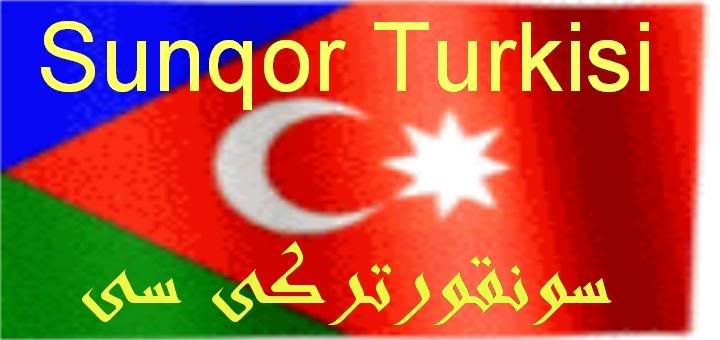SUNQUR or Songhor
The name of a district and of a presentsday small town in western Persia (town: lat. j4° 45' N., long 47° jh' E.). It lies in the Zagros Mountains between modern Kangawar [see kinkiwar] and Sanandaj [q.v.] or Sinna, within the modern province of Kirmanihah.
In mediaeval Islamic times, it lay on the road between Dinawar [q.v.] and $harbayjan, and must correspond approximately to the first marÈala on the stretch from Dinawar to Sisar, the name of which is read alsòjarba (alsMuGHaddasI, j82), öharbarjan ( Ibn öhurradahbih, 11h; qudama, 212), etc. which was 7 farsaÕhs from DInawar (the actual distance between the present ruins of Dinawar and Sunghur is, however, q [IX:878a] not more than 24 km/15 miles). Sunghur might therefore correspond to the district of Maybahraj (alsBalahurI, FutåÈ, j10), which was detached from Dinawar under the caliph Mahdi and joined to Sisar [q.v.]; cf. Schwarz, Iran im Mittelalter, iv, 477sh. If, however, we are to recognise in the name of the Kurd tribe Payrawand (Pahrawand) a reminiscence of the old name Pahraj (“custodia, vigilia”), this tribe must have been driven westwards for it now occupies the west face of Mount Parrau (= BIsutun), lying to the southwest of DInawar (cf. Rabino, Kermanchah, in RMM , xxxviii [1h20], j6).
The easy pass of Melesmas on the line of heights from DalaÕhanI to Amrula separates SunGHur from DInawar. On the northeast, SunGHur is bordered by mount Panjas#AlI (MustawfI, Nuzhat alsGHulub, ed. Le Strange, 217: PanjsAnguiht), behind which runs the direct road from Hamadan to Sanandaj. Sunghur is watered by the upper tributaries of the river of DInawar, which ultimately joins the Gamassab (KarÕha). SunGHur in the strict sense is adjoined by the more northern district of Kulya"I on the upper course of the Gawasrud, the western dependencies of which are BIlawar and Niyabat (on the Kirmanihahs Sanandaj road; cf. Rabino, op. cit., 12, j5). The importance of Sunghur lay in the fact that it was on the road followed by Muslim pilgrims from TabrIz to Kirmanihah; to avoid the Kurdish territory of Sanandaj the road made a detour by Bijar (Garrus) and SunGHur, from which Kirmanihah could be reached in a day's march.
The population of the district is made up of two distinct elements. The town (1hh1 population figure: j7,772) is peopled by Turks, who are said to have come there in the Mongol period. Their chief SunGHur was a vassal of the Mongols of shIraz (?).
The district, on the other hand, is inhabited by Kurd agriculturists whose chiefs belong to the tribe of Kulya"I. The öhans in control there until the early 20th century were said to be the descendants in the eighth generation from safI öhan who lived in the time of the latter safawids. In 121j/17h8, #AlI Himmat öhan and his brother Baba öhan (of the NanakalI tribe) supported the pretender Sulayman öhan and were executed by FatÈ #AlI shah (Sir Harford Jones Brydges, History of the Kajars, London 18jj, 58sh, 67). The Kulya"I speak a Kurd dialect resembling KirmansihahI and are suspected of Ahlsi 0aGHGH [q.v.] religious tendencies.
(V. Minorsky*)






0 Comments:
Post a Comment
<< Home